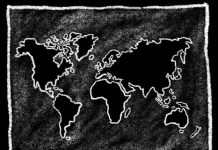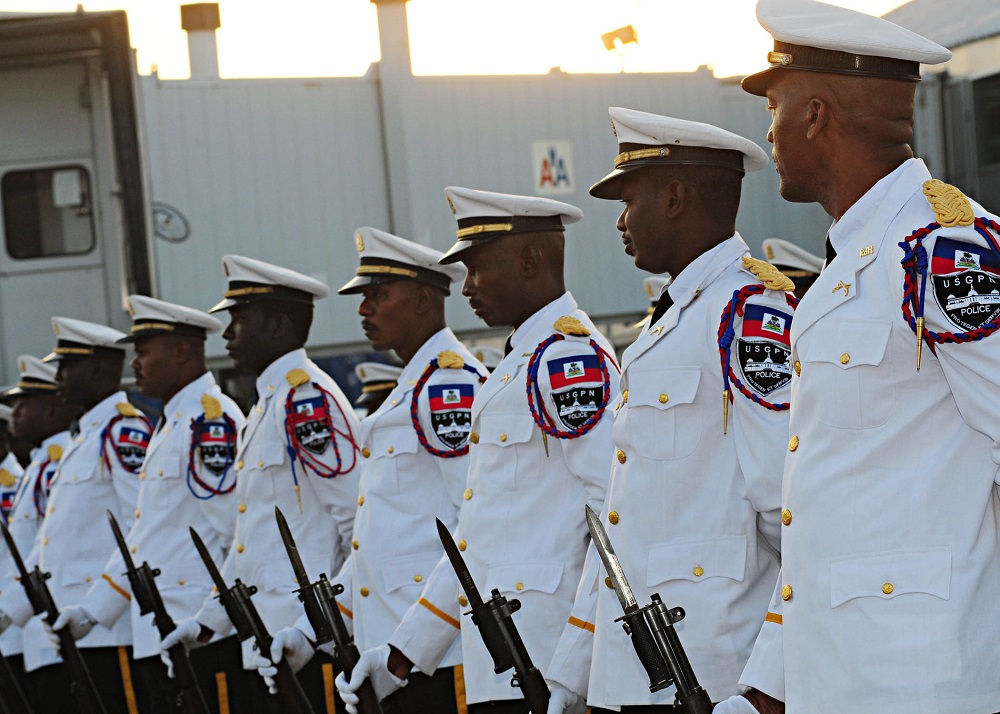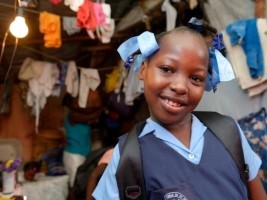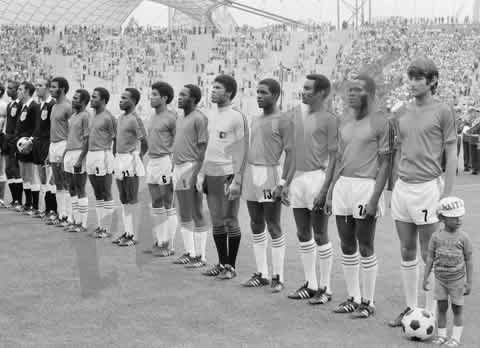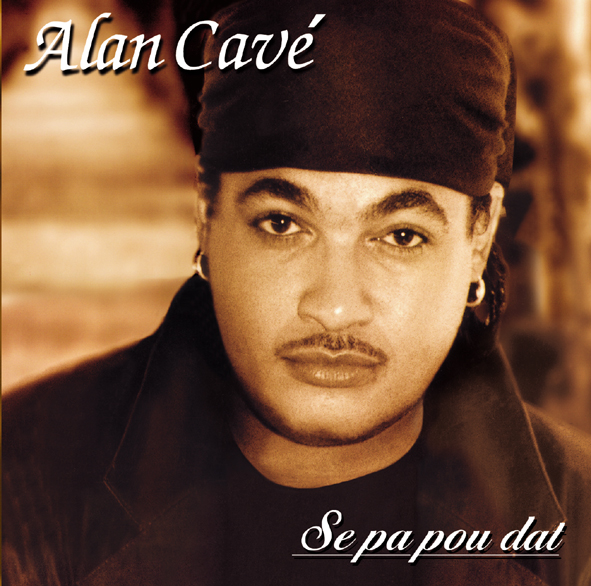Charitable aid solves immediate problems, but long-term recovery needs to address root problems, too.
When an earthquake shattered the capital of Haiti in 2010, they learned the hard way that charity is a great tool for disaster relief but an often very poor one for rebuilding countries. After seven years and over $3 billion dollars in charitable aid deployed, post-earthquake Haiti has come to serve as the standard for what not to do in disaster relief. In the wake of the hurricanes that devastated Puerto Rico, St. Thomas and other islands, Haiti offers critical lessons about how to rebuild the region in a sustainable way.
Finance has largely been a destructive force in the Caribbean — especially in the case of Puerto Rico. But ironically, finance may also have just the right elements that can enable the island to rebuild in a way that doesn’t just recreate the same level of inequality and fossil fuel dependency present before the hurricane.
When it comes to rebuilding a country, not all resources are created equal. Charity and donations can help in the short-term, but harm the economy over the long-term. Private capital can help local businesses get back on their feet, but also perpetuate entrenched inequality. Rebuilding efforts can seem beneficial, but end up going to waste when they don’t account for the needs of communities. Finance and private capital can play a huge role in rebuilding Puerto Rico, but we must draw key lessons from what went wrong in Haiti to ensure that this time, we get it right.
Charity solves immediate problems, but not root problems. In the case of Puerto Rico, it’s easy to point to the hurricane as an “act of God” and look to aid to try to return to “business as usual.” But business as usual was not working so well in Puerto Rico long before the storm hit. As The Atlantic reported, 65 percent of Puerto Rico’s electricity grid was down this summer, with hundreds of millions in deferred maintenance, far before Hurricane Maria accelerated its permanent demise. The main problem here isn’t natural disasters, it’s that extractive finance has become the norm, and communities get left behind. Rather than making investments that build community wealth and renewable infrastructure, finance favors the quick and easy options that provide quick money but don’t fuel long-term development. Charity can rebuild torn-down bridges, but it’s not enough to rebuild a full economy — especially one that is based on an extractive financial model.
Aid is external, but recovery is local. After the disaster settled and Haiti started to find a new normal, the prevalence of imported food items sustained the decline of the local economy. Donated clothes, materials, food and medical supplies — all sent with good intentions by charitable organizations — inundated the country, and local vendors, both micro and commercial, could not compete. Even donated services, such as volunteer doctors, shifted the balance and eventually made it very hard for local doctors to get jobs in hospitals. Why hire the local doctor when the foreign doctors work for free?
If Puerto Rico can learn anything from Haiti, it would be to take ownership of their own recovery and get local businesses back on their feet. So far, some communities have mobilized to support each other and are leading relief efforts by coordinating efforts and mapping needs. Now businesses need help re-opening their doors and finance can help fill this gap in more ways than one. Small local businesses need some small working capital to get moving again, and private investment can play a critical role here. Larger businesses with track records and histories can be supported in rational, non-extractive ways.
Let’s get the charitable dollars flowing to address immediate needs in Puerto Rico — and then invest in a more sustainable future. Just as private citizens are stepping in to address the lack of charitable action from the U.S. government to its own people, private capital can do the same. But rather than cementing the extractive practices of the past, we can invest in the creation of a more sustainable future. Puerto Rico’s power grid was in shambles before the storm; while short-term repairs are crucial in order to restore power to citizens, this is an opportunity to invest in the creation of a renewable energy infrastructure similar to states like Hawaii. Rather than further the expansion of U.S. mainland chains that pay low wages with minimum benefits, investors can support local businesses that focus on quality job creation and expanding local ownership. Let’s not rebuild the old economy — let’s start investing in the new economy; one that is sustainable, generative and just.
We missed this opportunity in Haiti — let’s not miss it in Puerto Rico.
By:Morgan Simon, Isabelle Clerie for Salon.com| November 6,2017



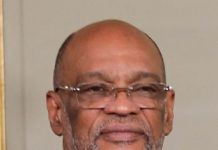



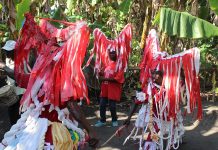


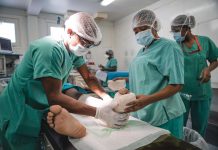
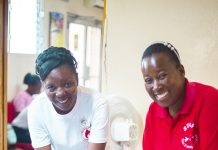
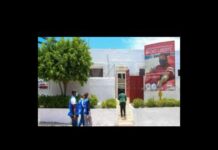
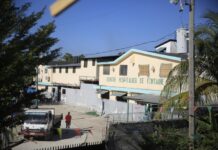















![Phyllisia Ross – KONSA [Official Music Video]](https://haitiville.com/wp-content/uploads/2014/08/phyliisia.jpg)


